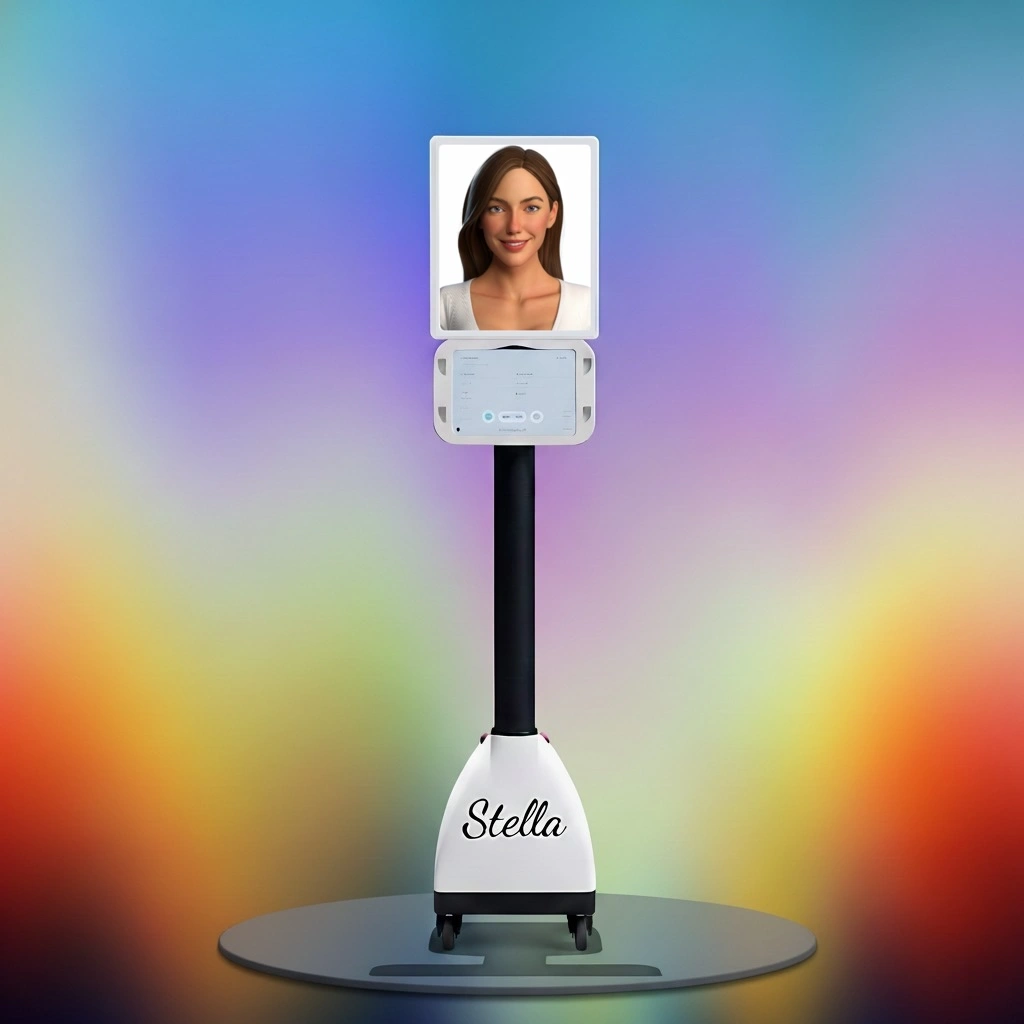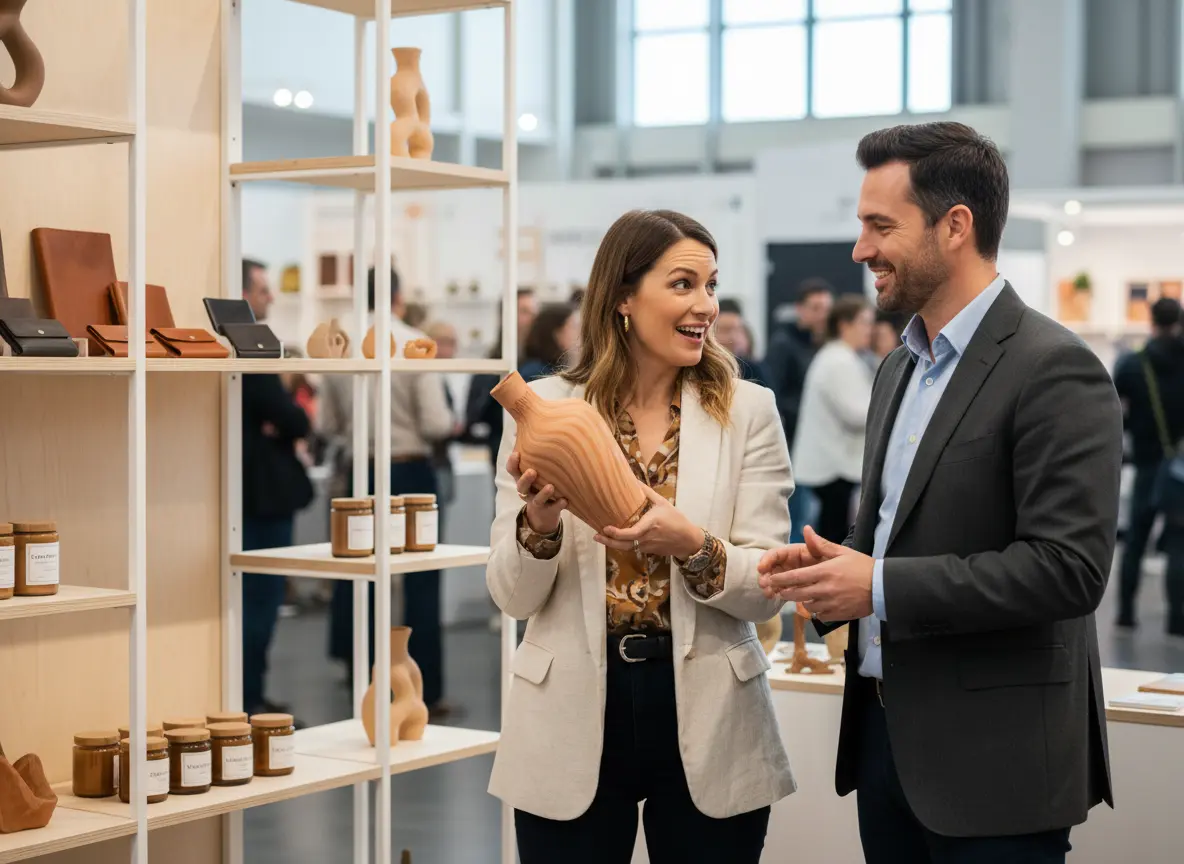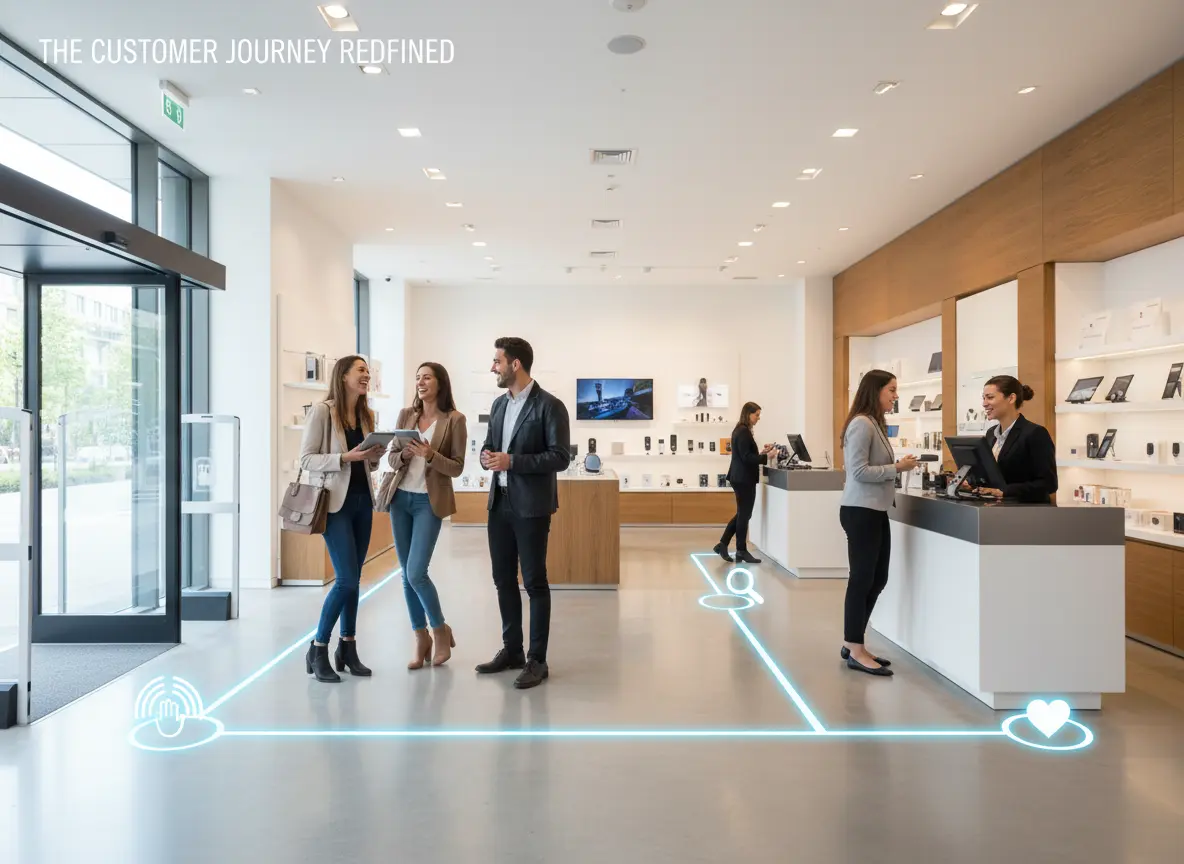Let's Be Honest: Your Shelves Aren't a Museum
You’ve seen it. The line around the block for the latest limited-edition drop. The frantic refreshing of web pages. The almost-religious fervor for a shoe that, let's face it, is made of the same leather and rubber as the one sitting on your shelf gathering dust. What’s the difference? One word: scarcity. While you can't have a Travis Scott-level collab every weekend (unless you know something we don't), you *can* borrow the same psychological voodoo to make your everyday inventory feel just as urgent.
The sneaker game isn't just about selling footwear; it's about selling hype, exclusivity, and a story. The problem is, creating that "must-have-now" feeling for your general release pairs can feel impossible. You’re competing with the internet, other stores, and the crippling indifference of a customer who knows they can probably find that same shoe somewhere else, maybe even cheaper. So, how do you stop being a glorified showroom and start creating a buying frenzy? Simple. You learn to master the art of scarcity.
Why Your Customers' Brains Are Hardwired for Hype
Before you can weaponize scarcity, you need to understand why it works. It’s not magic; it’s just predictable human psychology. Our brains are funny little things, wired with ancient survival instincts that, frankly, make us do ridiculous things—like paying 5x retail for a pair of Off-Whites. Here’s a peek under the hood.
The FOMO Phenomenon: Fear of Missing Out is Your Best Salesperson
Ah, FOMO. The millennial-coined term that perfectly describes a primal human fear. When people feel they might miss out on an opportunity, their brains light up. The potential for regret outweighs the logic of the purchase. A 2013 study found that 60% of millennials make reactive purchases specifically because of FOMO. In your store, this translates to:
- "Only 2 pairs left in this colorway."
- "This is a store-exclusive, not available online."
- "Final day to get this model at this price."
Suddenly, the customer isn't just buying a shoe; they're avoiding the pain of seeing someone else wearing it tomorrow while they're stuck with "sold out" regret. You're not just a retailer; you're an emotional rollercoaster operator, and business is booming.
The Exclusivity Club: Making Everyone Feel Like a VIP
People want to belong. More than that, they want to belong to a club that not everyone can get into. Limited stock instantly transforms a product from a simple commodity into a status symbol. Owning it means you're in the know, you're one of the lucky few. It's the reason "friends and family" editions are so coveted—they're a wearable badge of honor.
You can create this in your own store without a celebrity endorsement. Try a "Local Legends" release: a small batch of a specific model available only to your in-store customers. Promote it to your local email list first. This not only leverages scarcity but also builds a loyal community that feels rewarded for their patronage. They're not just customers; they're insiders.
Perceived Value: If It's Hard to Get, It Must Be Good, Right?
Think about it. We inherently believe that things that are rare are more valuable. Diamonds, vintage cars, a coherent tweet from Kanye—all are valued partly because of their rarity. The same goes for sneakers. When a shoe is one of 500, it feels inherently more special and well-crafted than a shoe that's one of 500,000, even if they rolled off the exact same factory line.
By limiting availability, you're not just manipulating supply; you're increasing the shoe's perceived quality and desirability in the customer's mind. The effort required to obtain the item becomes part of its value. They didn't just buy shoes; they successfully completed a mission.
Putting Scarcity on Autopilot (Without Annoying Your Staff)
Okay, so the psychology is clear. But how do you communicate this urgency without having your staff sound like broken records, shouting "Limited stock!" at every person who walks in? That's not just annoying; it's exhausting. Your team needs to focus on genuine customer connections, not becoming carnival barkers.
Your 24/7 Hype-Bot
This is where automation becomes your secret weapon. Imagine a team member who never gets tired, never forgets the daily specials, and is perfectly programmed to create urgency from the moment a customer enters. That's Stella. Placed near your entrance, she can greet every single shopper and immediately plant the seed of scarcity.
For example, Stella can be programmed to say: "Welcome! Just so you know, our '90s Throwback Collection just dropped, but we only have a few of each style in stock. They're on the back wall and going fast!" This message is delivered perfectly, every time, to every customer, whether your human staff is tied up at the register or deep in the stockroom searching for a size 13. She ensures your most important scarcity messages are never missed, turning casual browsers into motivated buyers before they've even taken ten steps into the store.
Practical Scarcity Tactics That Don't Involve Hiding Stock in the Back
Ready to put theory into practice? Here are some actionable strategies you can implement tomorrow to create that "drop day" energy, any day of the week. And no, none of them involve paying a guy to stand in a fake line outside your store.
The "One-Time-Only" Drop
Pick a shoe—any shoe. Maybe a general release model that’s moving a bit slower than you’d like. Now, give it a story. Rebrand it as the "Downtown Exclusive" or the "First Friday Flash Drop." Market it for a very limited time, like a single weekend. Promote it heavily on your social media channels for a week leading up to it, complete with a countdown.
The scarcity here isn't the quantity of stock but the window of availability. You're telling customers, "It's now or never." This technique works wonders for moving stagnant inventory and conditioning your customers to pay close attention to your announcements, lest they miss the next big (and completely manufactured) event.
Curated Collections & Themed Releases
Stop thinking of your walls as just shelves of shoes. Start thinking of them as curated exhibits. Group different models and brands together under a theme. For example:
- The "All-White Everything" Collection: A hand-picked selection of your best white sneakers. Frame it as the "definitive summer collection."
- The "Skate Shop Legends" Wall: Group your Vans, DCs, and Etnies. Market it as a tribute to skate culture.
By bundling them into a "collection," you can then attach scarcity to the collection itself. "We only brought in 10 of each shoe for our Skate Shop Legends wall!" This makes the items feel more special than if they were just sitting in their respective brand sections. It also encourages multiple purchases to "complete the look."
The "Vault" or "Last Chance" Rack: A Goldmine in Disguise
Your sales rack is sad. Let's admit it. It's often a chaotic jumble of odd sizes and forgotten models. Rebrand it. Call it "The Vault," the "Archive," or the "Last Chance" section. This simple change in language reframes the narrative from "unwanted leftovers" to "rare, hard-to-find gems."
Organize it meticulously by size and highlight the fact that these are the last pairs available. A single size 9 sitting on a clearance rack is a reject. A single size 9 in "The Vault" is a rare find for the lucky person who fits it. You've transformed a discount bin into a treasure hunt, and the prize is a sweet deal on a shoe they can't get anywhere else.
A Quick Reminder About Stella
While these strategies are powerful, their success hinges on consistent and effective communication. That's where Stella comes in. She’s your tireless hype-woman, ensuring that every single customer who walks through your door hears about your curated collections, flash drops, and last-chance finds, driving urgency and sales while your team focuses on what they do best.
Conclusion: Stop Selling Sneakers, Start Selling Stories
At the end of the day, the most successful sneaker stores don't just sell products; they sell narratives. Scarcity is one of the most compelling stories you can tell. It’s a tale of exclusivity, urgency, and value. By understanding the psychology behind it and implementing a few clever tactics, you can transform your entire sales floor from a passive shoe library into a dynamic, exciting marketplace.
So here’s your homework: this week, pick one of your most overlooked sneakers. Give it a cool name, build a story around it, declare it a "micro-drop," and limit its availability. Promote it, talk about it, and watch what happens. Go on, make your customers feel like they've discovered a hidden gem. Your bottom line will thank you for it.





















